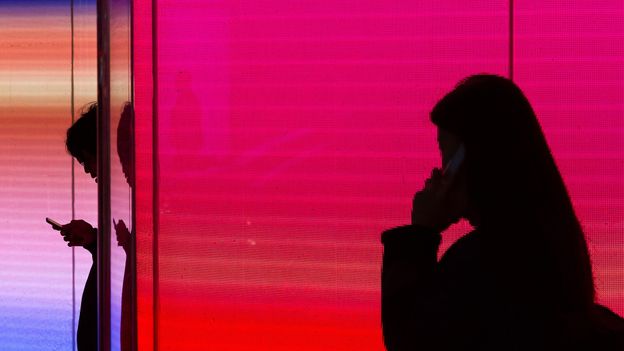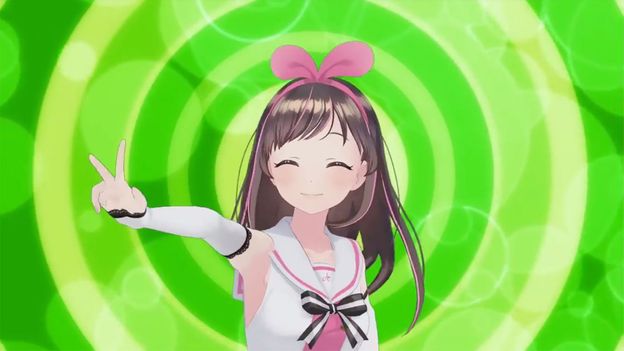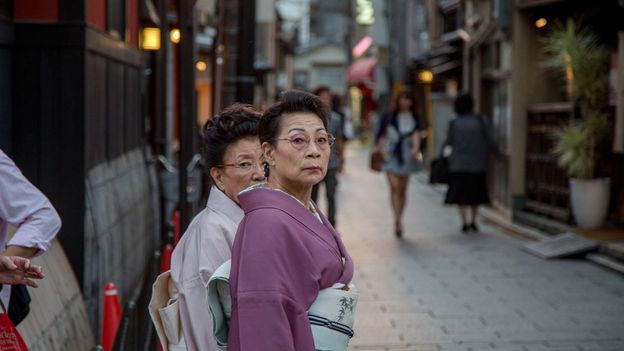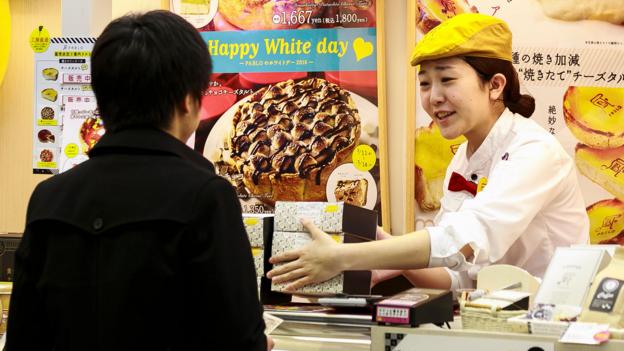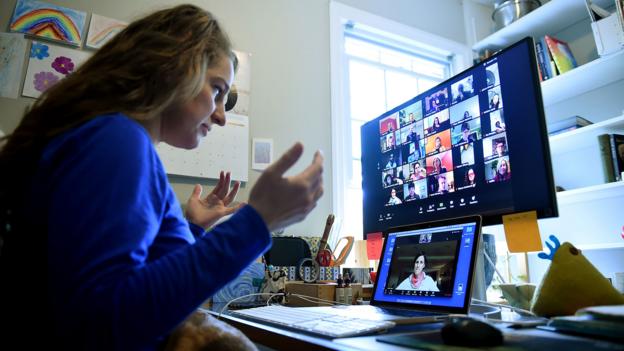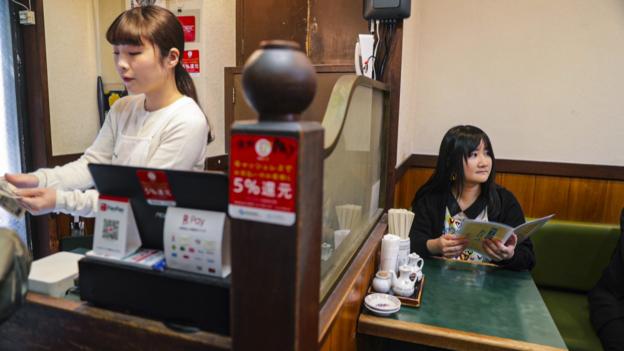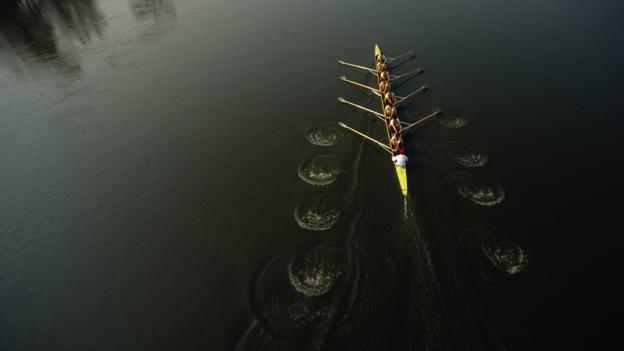Shiboru Yamane, creative director at Ningen Inc, the Osaka-based advertising production company behind the event, explains: “We wanted people to visualise what they could be doing with their paid leave through these lanterns. In many cases, a harsh work environment leads to mental health issues and even death. It’s a very big problem in Japan.”
Glimpses of the challenges facing Japan’s deeply conservative workforce are still plentiful. In September, Shinjiro Koizumi, Japan’s environment minister, faced widespread opposition and even calls to resign over his plans to take paternity leave after his wife gives birth.
Hope, however, can be found in the form of younger workers, who are increasingly rejecting the overworked path of older generations of salarymen, according to Ono, the professor at Hitotsubashi University.
“Social surveys indicate that younger workers are significantly less likely to support long workdays than older workers,” he says. “Indeed, the long working hour culture is a byproduct of the Showa period [1926 to 1989], which was when it was romanticised – a time when men were completely dedicated to company life, with a stay-at-home housewife who took care of the family and all his needs.
“Those days are long gone. Suffice it to say that work-style reform, if and when it is fully implemented, is a way to say goodbye to the Showa-style of working.”


